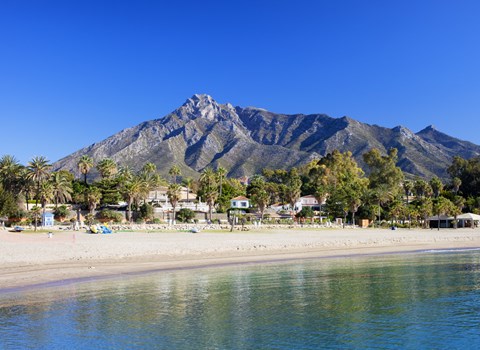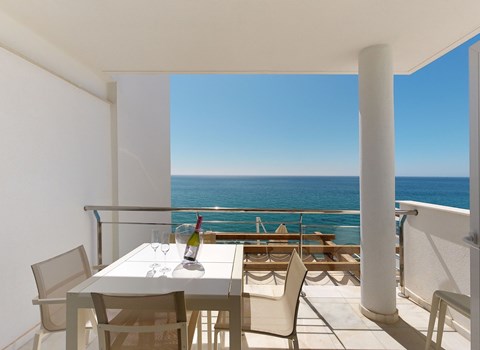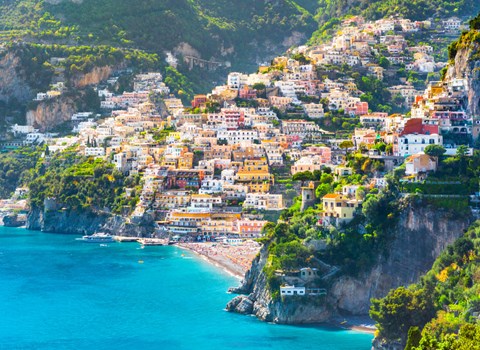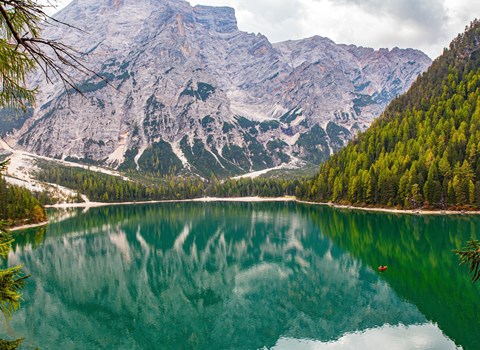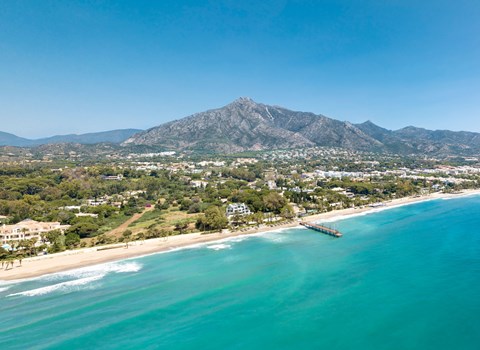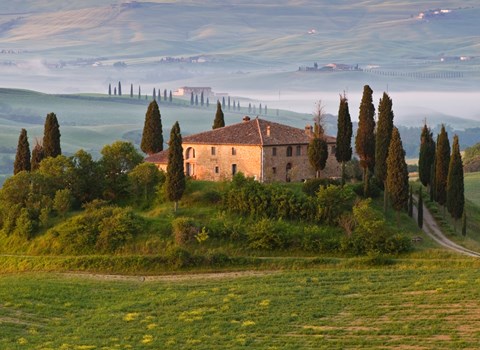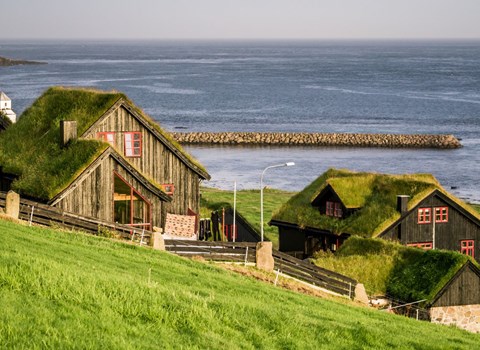The soul of a destination is often found on your plate. The smell of freshly baked bread in the morning, simmering stews in a local taverna, a perfectly ripe tomato with a pinch of salt. Europe is a patchwork of flavors, traditions, and food cultures. Every country, every region, every city has a story to tell.
In this blog, we’ll take you to some of Europe’s most beautiful culinary destinations, where tasting is the same as traveling with all your senses.
1. Cádiz, Spain
Salty sea breeze, sherry, and seafood
Welcome to Cádiz, the sun-drenched port city at the southern tip of Andalusia, where the Atlantic breeze greets you. Cádiz is one of Europe’s oldest cities, and its cuisine breathes history. Here, it’s all about simplicity, freshness, and character.
Start your culinary journey at the covered Mercado Central de Abastos, where the fish couldn’t be fresher. Order tortillas de camarones (crispy shrimp fritters), savor grilled tuna from Barbate, and finish with an ice-cold glass of fino or manzanilla sherry, this is the heart of sherry country, after all.
In the evening, grab a seat at one of the modern tapas bars along the boulevard, where young chefs breathe new life into Andalusian cuisine with creative dishes made from local ingredients. Cádiz is not a city of pretense, but of flavor. Pure, honest, and by the sea.
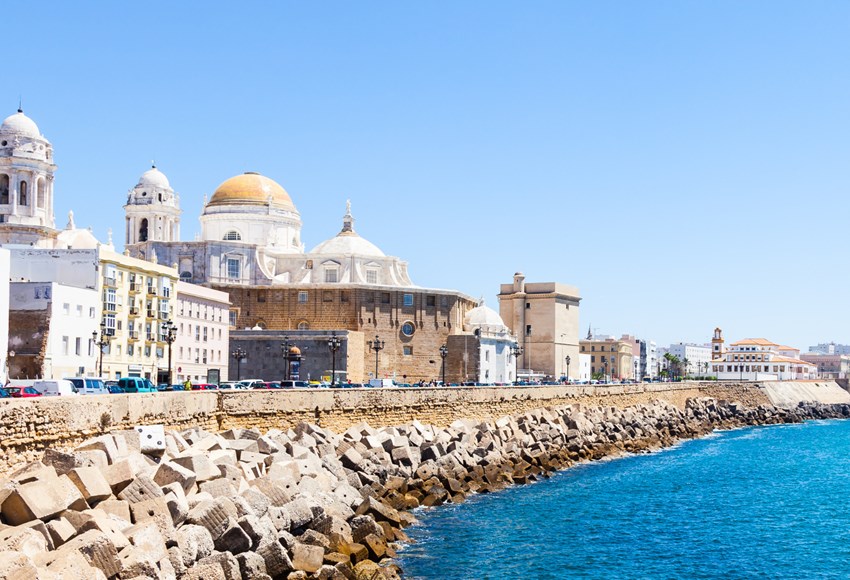
2. Florence, Italy
Tuscan tradition with a touch of art
Florence, the heart of Tuscany, is not only an open-air museum of Renaissance beauty but also a city with a proud, rustic cuisine. Here, it’s all about simplicity, quality, and tradition. No frills, but packed with flavor.
A must-try: bistecca alla fiorentina, a massive T-bone steak grilled over charcoal and sprinkled only with coarse salt. Or try ribollita, a thick soup of beans, cabbage, and stale bread.
At markets like Mercato di Sant’Ambrogio, you’ll see how Florentines live and eat: local, seasonal, and full of passion. End your day with a glass of Chianti or Vin Santo with cantuccini. Florence is a tribute to Tuscan simplicity.
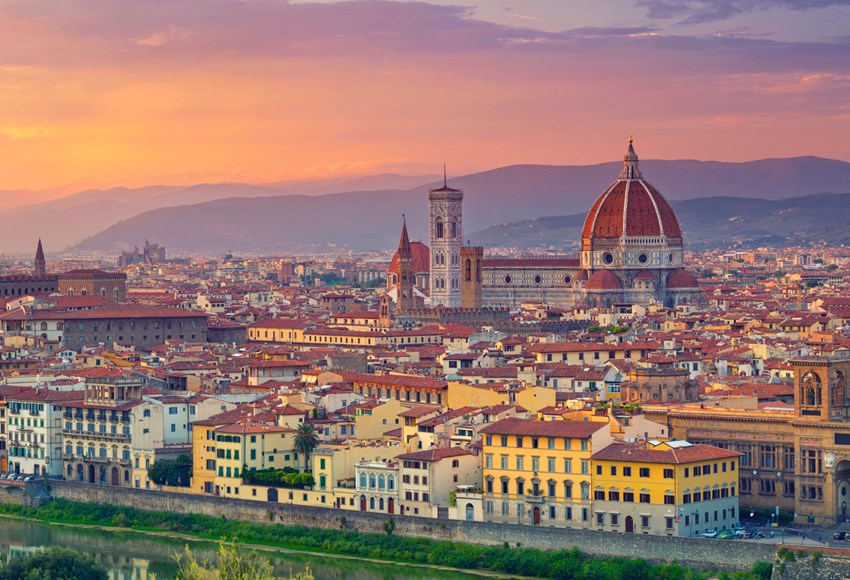
3. Lyon, France
The capital of French cuisine
Paris may have the glamour, but Lyon is the culinary heart of France. This is where the foundation of classic French cuisine was laid, with icons like Paul Bocuse leading the way. In traditional bouchons, you can savor hearty dishes like quenelles de brochet, andouillette, and rich meat stews.
For a more refined experience, visit Les Halles de Lyon, the covered market where chefs shop for the best ingredients. Pair your finds with a glass of local Beaujolais or Côte du Rhône, and you’ll see why Lyon isn’t just a stopover, it’s a destination in its own right.

4. Copenhagen, Denmark
The birthplace of New Nordic
Copenhagen has undergone a true culinary revolution in recent decades. The city is the epicenter of New Nordic Cuisine, a movement focused on local, seasonal ingredients and innovative techniques. Restaurant Noma put Denmark on the global culinary map, but the philosophy lives on in countless bistros, food markets, and bakeries.
Explore the Refshaleøen food halls, try smørrebrød with herring, or savor freshly baked sourdough bread with butter and seaweed salt. Copenhagen proves that sustainability and flavor can go hand in hand and that “less is more” is absolutely true.
Also read: Scandinavian summer: why a vacation in Denmark is a great idea
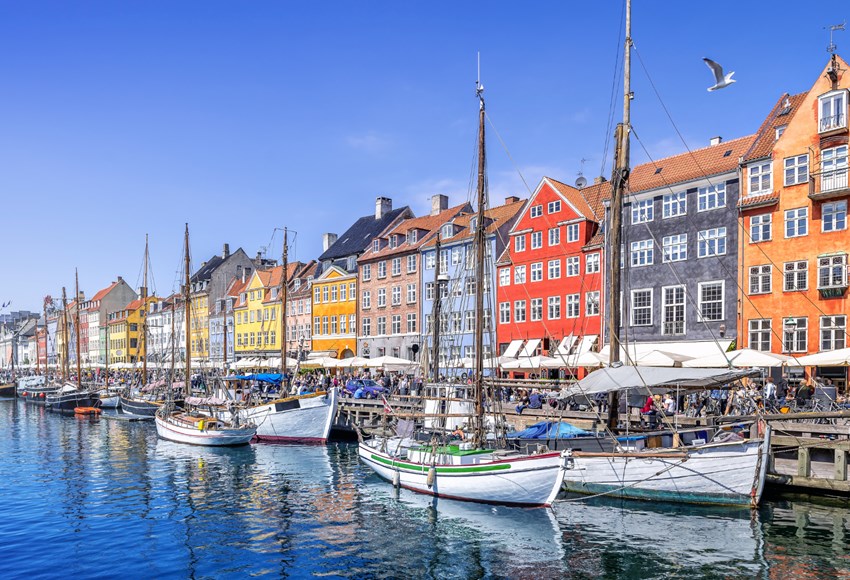
5. Porto, Portugal
Authentic and surprising
Porto, the charming city on the Douro River, has so much more to offer than just port wine. The city’s culinary traditions are raw and authentic. Think bacalhau in every form, francesinha (an iconic, hearty sandwich smothered in a beer-cheese sauce), and fresh grilled fish by the riverside.
Visit the covered Mercado do Bolhão, where elderly women sell homemade jams and olives. Or schedule a port wine tasting in one of the centuries-old wine cellars across the river. Porto is a city to discover slowly and with your mouth full.
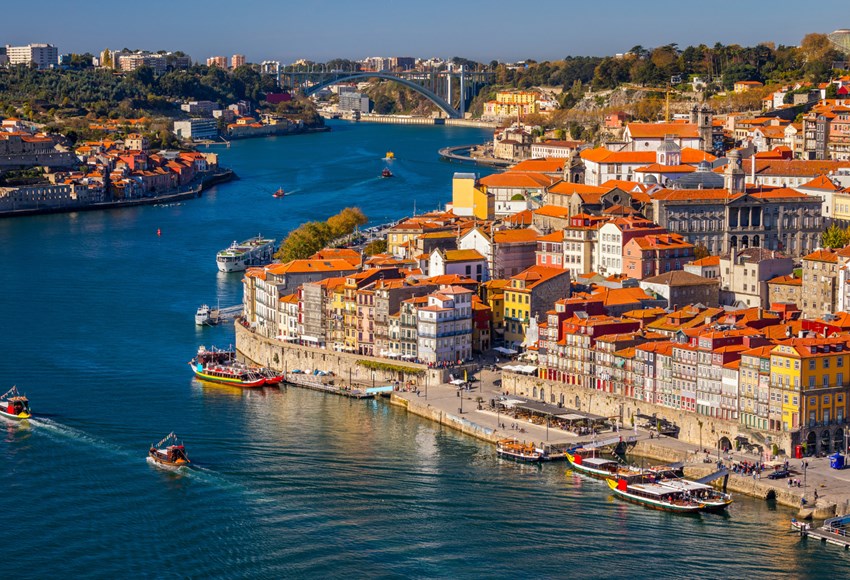
6. Athens, Greece
From street food to slow food
The Greek kitchen is so much more than moussaka and gyros, and Athens is the place to discover it. In recent years, the city has seen a gastronomic revival, with young chefs reinterpreting classic recipes.
During your Greece vacation, explore the Varvakios Market, taste fresh feta, olives, honey, and pastries. Grab a souvlaki on the street or book a table at restaurants like Hytra for a modern take on ancient traditions. Athens proves that the future of Mediterranean cuisine is alive and thriving.

7. Ljubljana, Slovenia
Small but big on flavor
Ljubljana may not be on every foodie’s radar yet, but that’s exactly what makes it so appealing. In Slovenia’s capital, Alpine, Balkan, and Mediterranean influences come together in a culinary treasure chest. Try smoked trout, wild mushrooms, truffle risotto, and homemade schnapps.
Local markets burst with seasonal produce, and many restaurants follow a farm-to-table philosophy. Pair that with a glass of orange wine from the Vipava Valley, and you’ll understand why this city deserves a spot on the list.
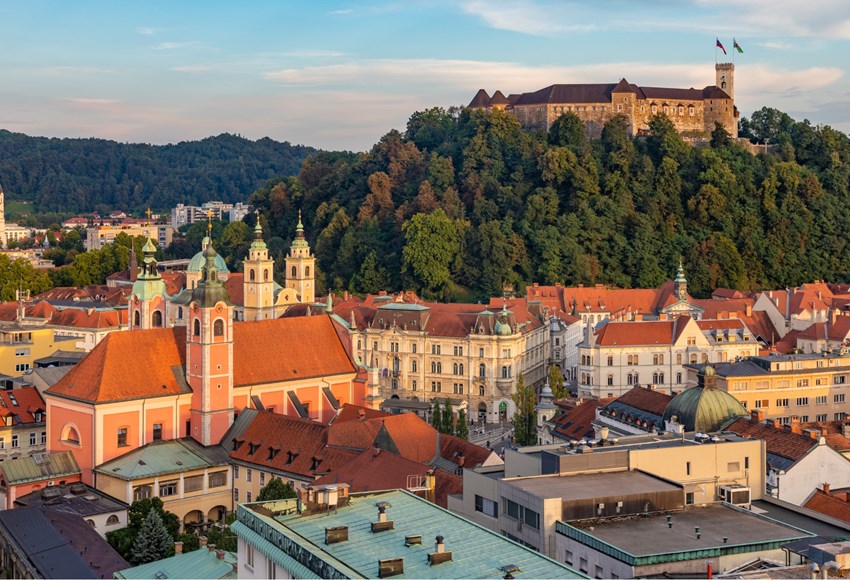
What do all these European destinations have in common? They tell stories. Through recipes passed down for generations, through ingredients that taste unique to the place, and through people (chefs, market vendors, grandmothers) who cook with pride and love.
Traveling with your taste buds is the most sensory way to explore. So book a vacation home with Leisure Time, leave your diet at home, and surrender bite by bite.
Bon appétit!





